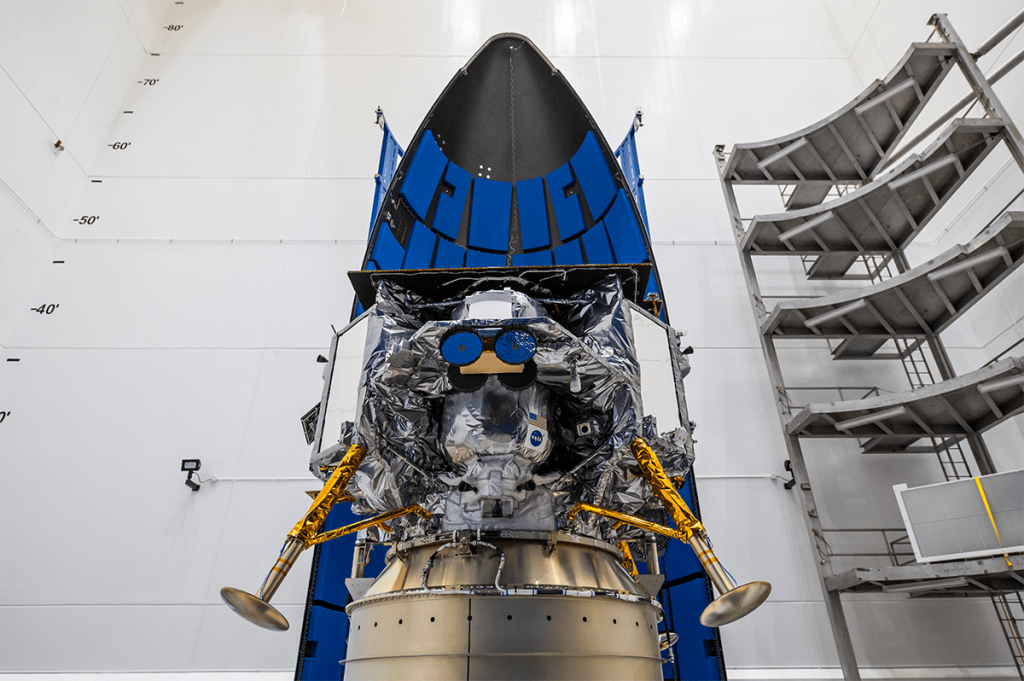Astrobotic’s Peregrine lunar lander failed to reach the moon due to a problem with a single valve in the propulsion system. After a review board determined that a helium pressure control valve malfunctioned, causing the oxidizer tank to rupture and leak oxidizer throughout the mission, engineers have redesigned the valve for their next lander, Griffin, to prevent a similar issue.
The failure occurred just hours after the Peregrine mission launched on January 8, when engineers activated the propulsion system. Helium began flowing uncontrollably through a valve into the oxidizer tank, causing it to over-pressurize and rupture. Despite efforts to stabilize the spacecraft, charge its batteries, and power its payloads, the issue ultimately led to the mission’s failure and the spacecraft burning up in the atmosphere after 10.5 days.
A timeline of events leading to the failure revealed that Astrobotic contracted a vendor in 2019 for the development of the propulsion feed system. Due to technical and supply chain issues caused by the COVID-19 pandemic, the company decided to terminate the contract in early 2022 and finish the feed system in-house. Engineers encountered issues with the original vendor’s propulsion components, leading them to switch to a new supplier for pressure control valves installed on the lander.
The review board, composed of 34 members, determined that the likely cause of the malfunction was the failure of the helium pressure control valve in the propulsion system. While the second PCV that ultimately leaked on orbit had shown leaks during testing, it was repaired, and engineers deemed the risk of failure to be low based on final acceptance testing. The decision not to replace the PCV was based on the extensive work and potential risks involved in such a replacement.
The findings from the review board have influenced the development of the Griffin lander, scheduled to launch before the end of 2025. Engineers have redesigned the valve and introduced additional redundancy in the propulsion system by adding a regulator to control the flow of helium and backup latch valves in case of a PCV failure. Astrobotic’s decision-making leading up to the Peregrine mission was considered sound by the review board, with no major changes recommended in hindsight.
By improving the design and introducing new redundancies, Astrobotic aims to ensure the success of future lunar missions, such as the Griffin lander. The company’s shift towards more vertical integration for propulsion system development has allowed them to address and learn from the failures encountered during the Peregrine mission, ultimately enhancing their capabilities and reducing risks for upcoming lunar exploration efforts.


